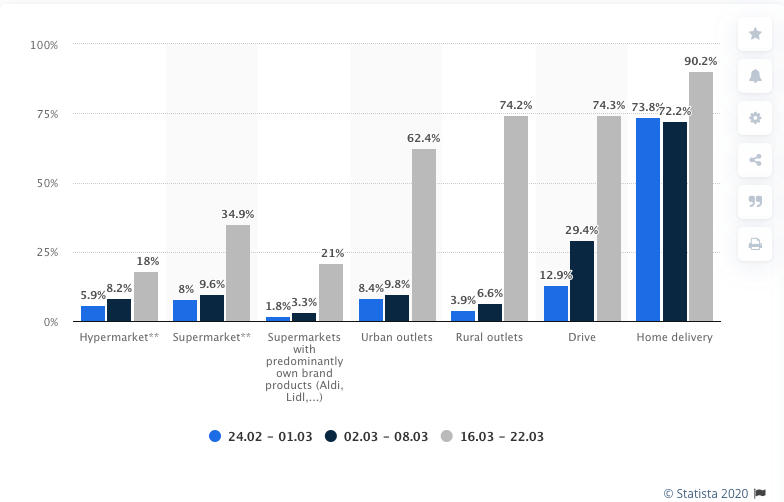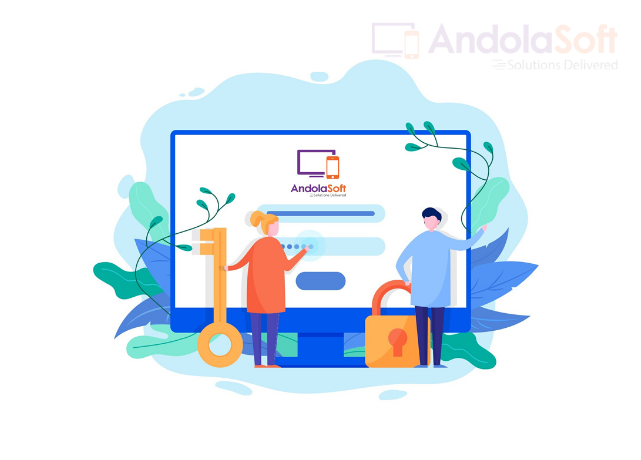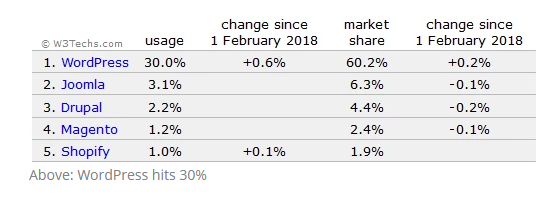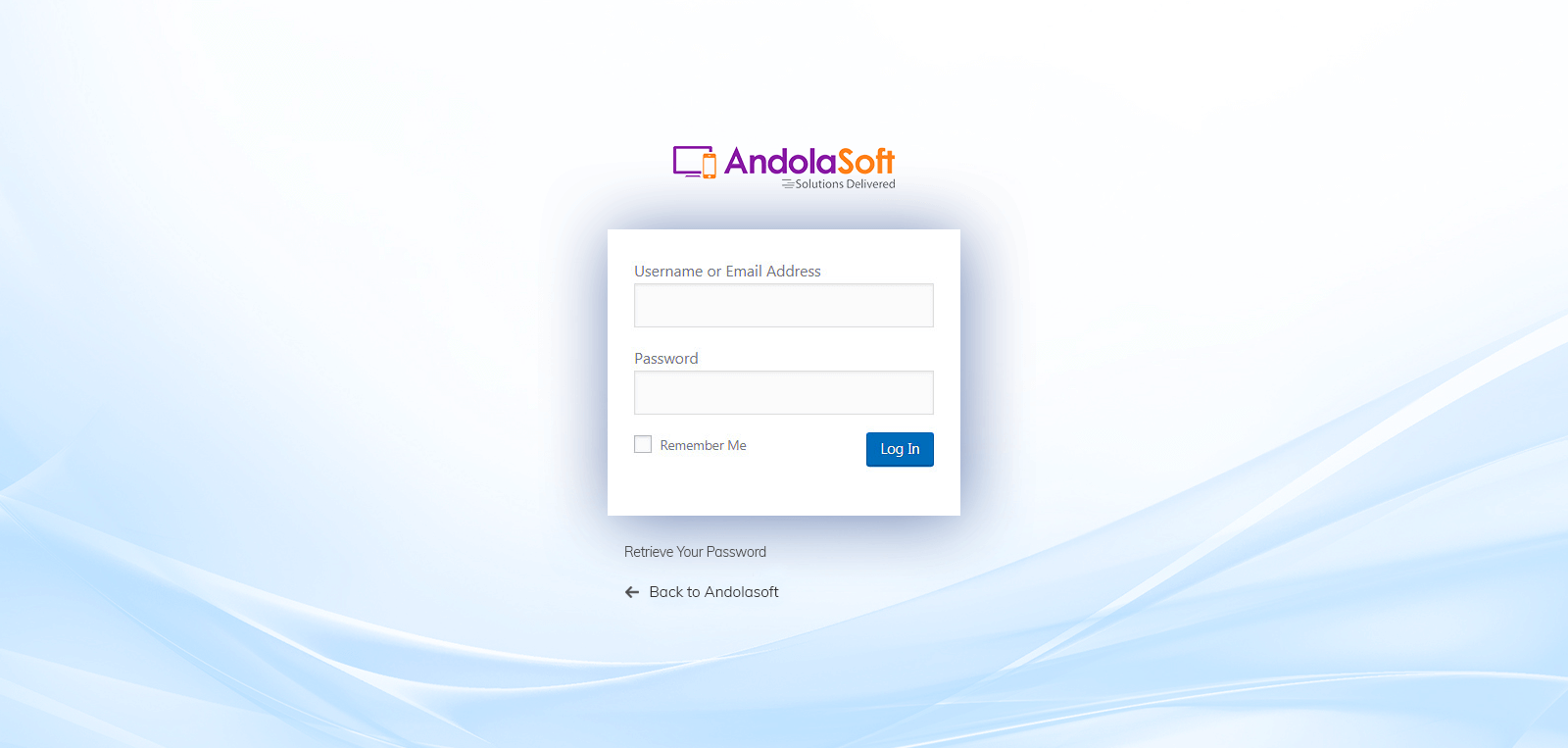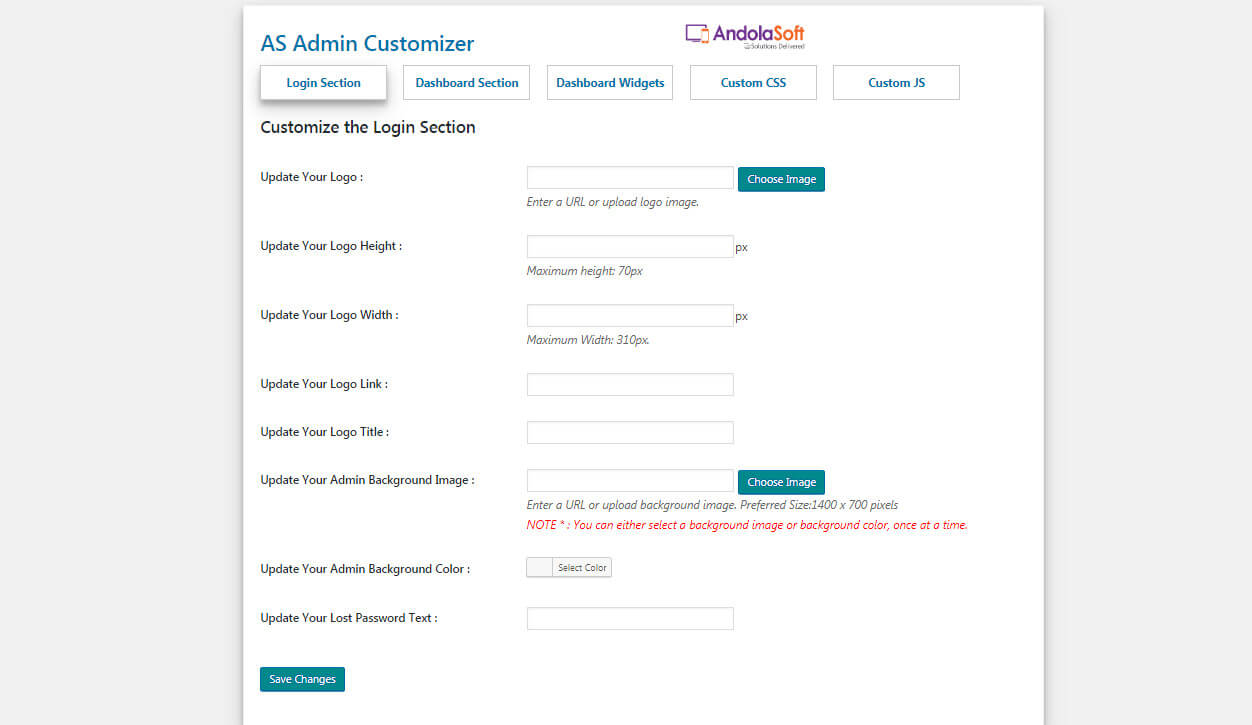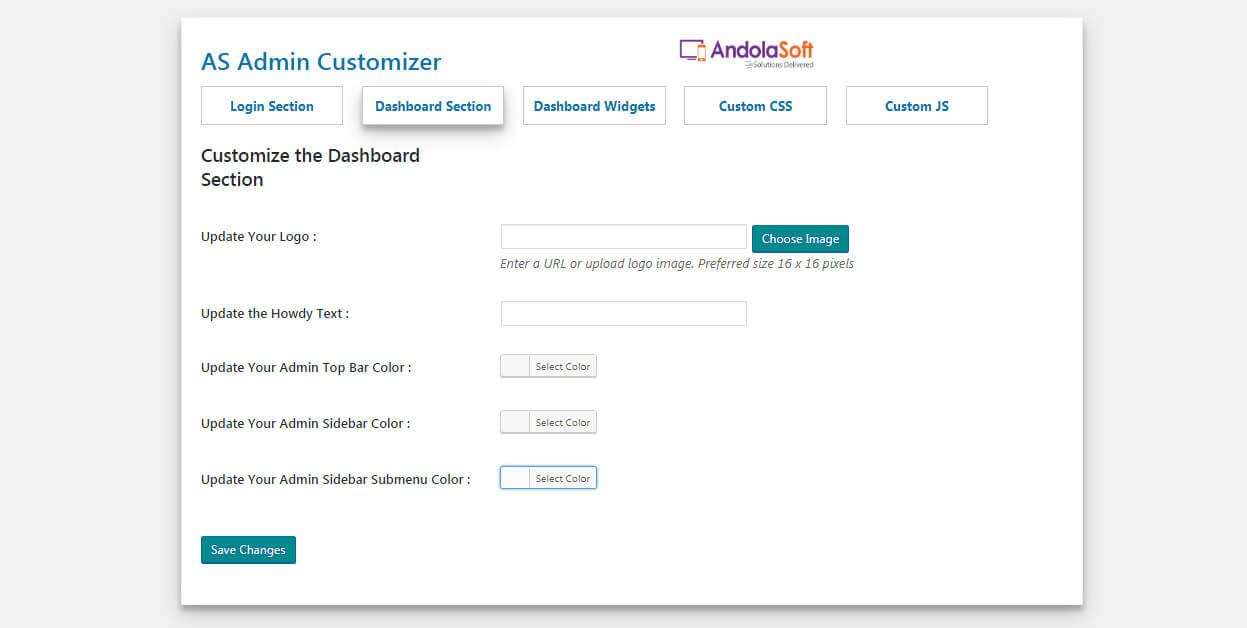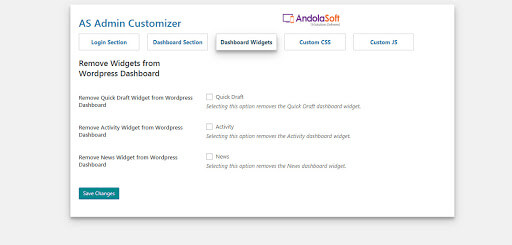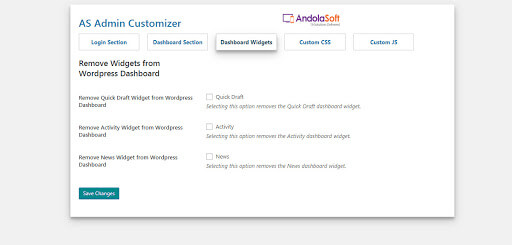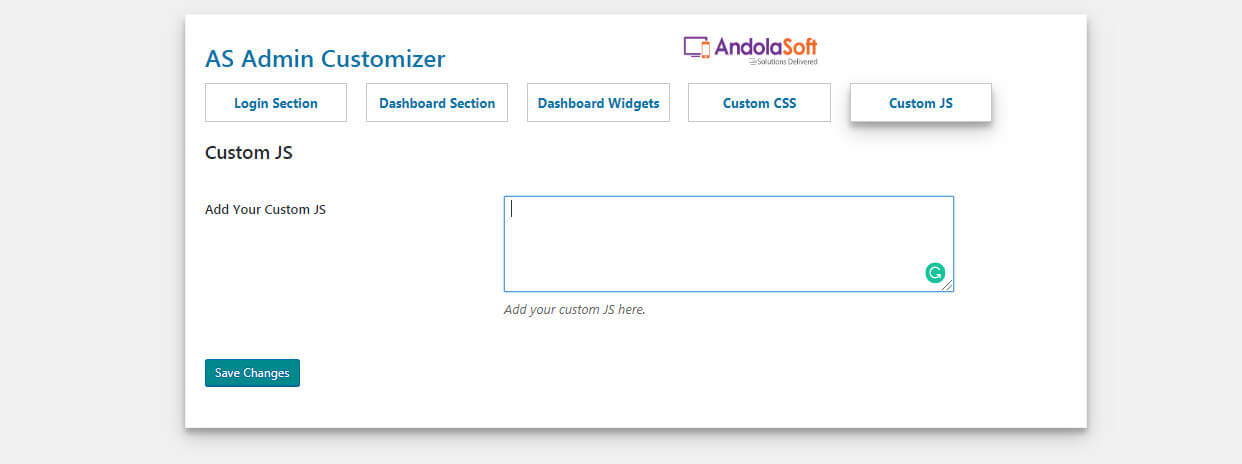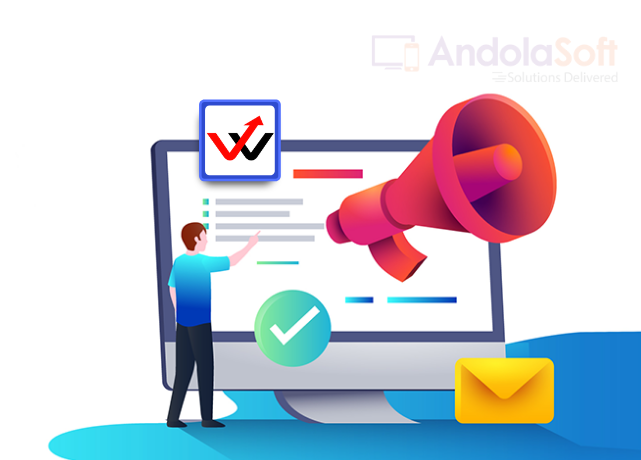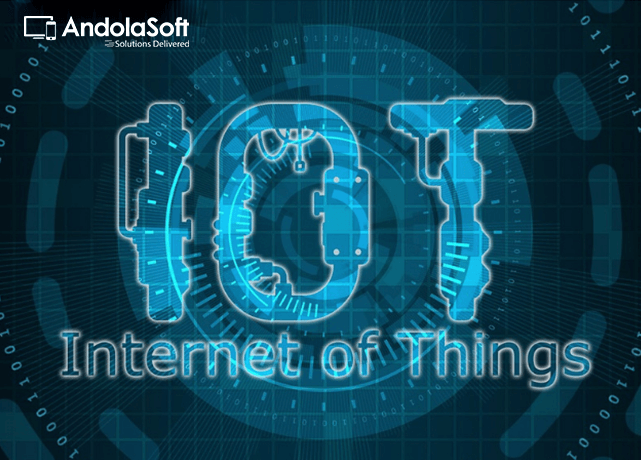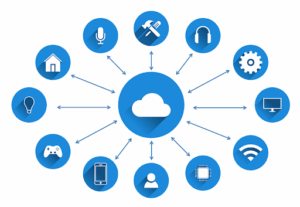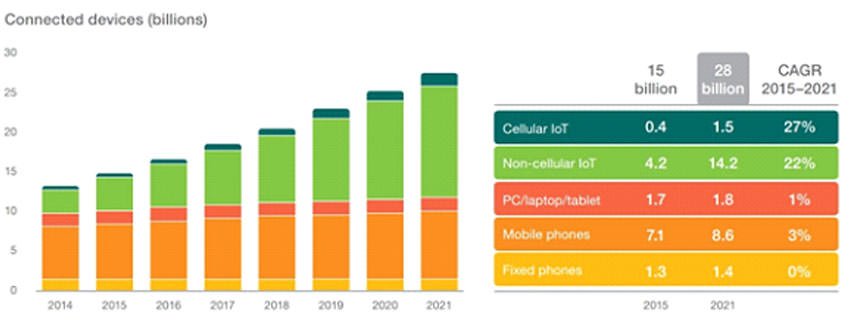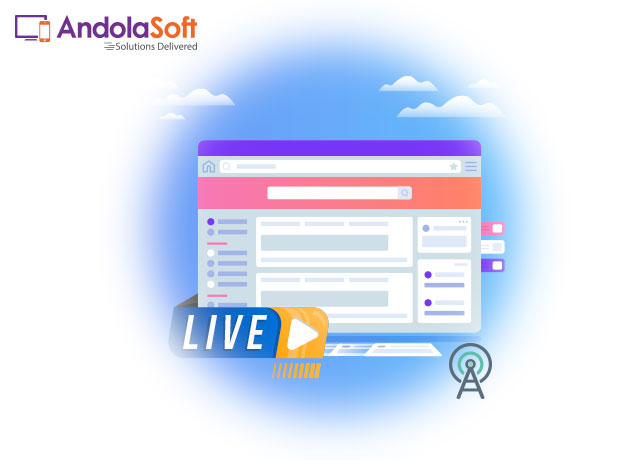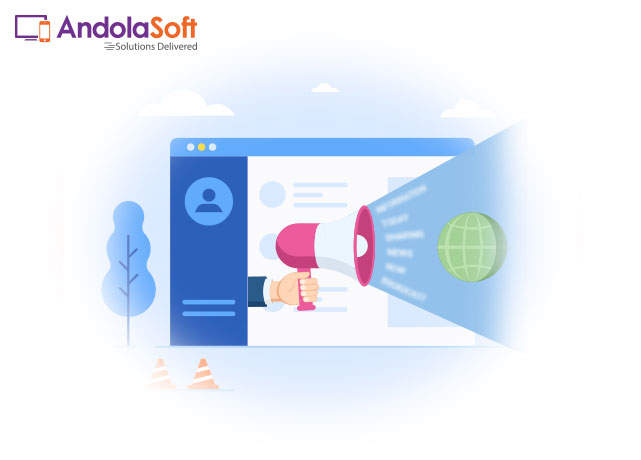The outbreak of the coronavirus disease has disrupted the lives of the people around the world. And the global cases of this pandemic have surpassed the 2 million mark.
And due to this, it has impacted many business sectors and affected the economy of many countries. This is because people are advised to maintain social distance and stay at home.
Since the official announcement from WHO declaring the COVID-19 a global pandemic, many countries have put restrictions and lockdowns.
This has left businesses to work from home, which is possible for IT and eCommerce companies. It is the only option business owners have and has put eCommerce in to pressure to maintain social distancing.
Due to its fast spread, the shops are closed down since the end of the mid-February month, which has left people to shop from eCommerce stores.
So, this has suddenly spiked the number of orders coming to eCommerce stores exponentially. The behavior of online shoppers has changed as well.
Ecommerce sectors like grocery, food, health care, and entertainment websites have seen a spike in traffic.
Never miss an update from us. Join 10,000+ marketers and leaders.
“ECommerce sales have increased by 52% YOY. Also, the number of shoppers has been increased by 8.8%. Alternatively, the travel and airline sectors along with other sectors such as apparel, sports goods, arts and crafts, toys, and other eCommerce sectors have been suffering due to this pandemic.”
Source: Statista-2020
In the time of crisis, the big question emerges is how the eCommerce sector could help to overcome all of this?
Well, we have got some tips on how business owners would overcome this crisis with minimum effects on their eCommerce business.
eCommerce, How Small Businesses Can Get Most of It?
This is the most suitable situation and has presented a great opportunity for small business owners to go digital and benefit eCommerce business.
Due to social distancing, the closure of small and large retail shops has significantly affected the revenue of their business negatively.
But with certain and wise investments, they can recall their business digitally. With a smart eCommerce Development Strategy, they can increase their sales and generate some revenue from their business.
There might be some challenges due to ongoing supply chain disruption and delays in delivery, which may affect your business reputation and customer loyalty at the very beginning stages.
But as the situation has been changing continuously, these issues can be dealt with on a rolling basis.
The eCommerce Ideas That could help businesses to overcome the impact of COVID-19
The business owners may take a few steps right away, monitor the situation from the ground, and see what’s possible.
- Make a round-up of your inventory because the supply chain can be disrupted at any time
- Know the rules, regulations, and laws applicable to businesses nationally and locally
- Prepare a team for solving any queries of customers
- Expand the supply base so that your business doesn’t have to rely on one supplier
Well, these are basic strategies to follow before switching to eCommerce. Now let’s deep dive into the selling niche. Just like;
Sell Digita/ Virtual Products
People all around the world are bound to stay at home due to the fast spread of this disease. Also, most countries have put down restrictions for people to come out, which leaves you to sell virtual digital products on your eCommerce store. And the best thing is that you don’t have to rely on the supply chain.
You can come up with ideas on how to effectively sell them. Because there is no fear of selling virtual products as there will be no in-person contact and products will get delivered online.
Come up with ebooks, tutorials, e-classes, music classes, learning classes, etc. virtual products that sell like a charm.
Andolasoft has come-up with the idea that could help both buyer and merchant to fulfill their daily requirements such as;
Grocery App
There’s a growing demand for online grocery delivery. The grocery industry is huge by all measures and is constantly developing. Grocery delivery systems and grocery startups making on-demand delivery arrangements have been regularly popping up, and some of them have managed to become tremendously successful. The feature includes:
- A customer creates a list of groceries and pays instantly.
- A personal shopper gets this order and collects the groceries.
- The shopper pays the bill via an Instacart prepaid debit card.
- The shopper delivers these products to the customer.
Make the Pre-Order and Let’s See How it Works
Salon App
Taking advantage of customers with web app form to book appointments in the salon not only shows that you are ready for the next and the next trends, but also offers them what they need: a technology available to make life easier and easier.
And with no certainty about the length of the quarantine period, your customers would not wish to go a long time without their timely haircuts and beauty treatments. You can capitalize on this by providing on-demand salon services to your customers through a salon app.
The features are included:
- Pre-Reservations
- Quick Glance at the Services Available
- Special Offers
- Style Libraries
- Haircut of the Week
- Appointment Reminders
- Updo of the Week
Make the Pre-Order and Let’s See How it Works
Come up with a cost-effective shipping method.
People are mostly staying at home, and most of the people have little money to spend on important items. So, allow people to order products online and pick it up from the store.
This way they don’t have to pay much for shipping charges and save their money to spend on important items.
Also, you need to manage your orders during this situation. And to do that you have to heavily rely on the supply chain to ship orders with proper management of logistics. Therefore, ordering online and picking up in-store models works best in this scenario.
Try to Revive the Supply Chain for Your Business:
In these hard times, the supply chain is getting disrupted due to the restrictions and lockdowns put up by most countries.
To revive and restore the supply chain is very important, so alleviate the seriousness of the problem before it gets worse for your business.
Get in touch with manufacturing units and try to expand their operations if possible. And on the other hand, try to build up fulfillment units.
The manufacturing of the goods will take up the most time. But fulfilling orders can be achieved faster, which helps to mitigate the surge of demand.
Sell Human Survival Products
The unfortunate events have unfolded itself, which is threatening the survival of the human race. To help curb the issue, sell essential items that are important for the survival of humans.
Products like grocery, food items, and healthcare items are a necessity in the wake of a global pandemic.
Sell those products at minimum profit margins on your eCommerce store. Because in these trying times people are stranded without much money to spend and without any job to work. And they have little money to spend only on essential items.
So, it will be beneficial for your business as well as the people of your country, if you sell those essential items.
Pro-Tip:
If your eCommerce store is on Magento, then set up a multi-store website with the help of Magento 2 extensions.
I’ve worked with the team at Andolasoft on multiple websites. They are professional, responsive, & easy to work with. I’ve had great experiences & would recommend their services to anyone.
Ruthie Miller, Sr. Mktg. Specialist
Salesforce, Houston, Texas

Thus, your current operations do not get affected by this new eCommerce venture. So, all in all, selling these items will keep profits coming in for your online business.
Conclusion
The COVID-19 has affected many people around the globe and disrupted their lives for several weeks now. And there will be after-effects of the same when all of these things are over.
But one thing we can do is to help each other out during this pandemic.
Small businesses are the worst affected by the spread of COVID-19. But you can take the necessary steps to lessen the blow on your business.
Being transparent, optimistic, and positive will help your eCommerce business and the people around you.

